One of the most picturesque circuits on the Formula 1 calendar can be found deep in the hills of Montmeló, just outside of the destination city of Barcelona.
The Circuit de Barcelona Catalunya is part of F1 heritage, having first hosted a Grand Prix in the year it was built in 1991. Now its future looks uncertain, given that its contract is set to expire at the end of 2026 and F1 has just announced a long-term deal for a race to be hosted in Madrid under the 'Gran Premio de España' banner.
While the track has not got a reputation for producing classics, it has seen its fare share of action over the years - notably the 2016 race when Max Verstappen took his first race win after both Mercedes drivers crashed on the opening lap.
The 2022 running was also packed with excitement when Charles Leclerc retired from the lead, George Russell had to fend off the Red Bull's, and Lewis Hamilton came through the field from the back.
The circuit layout has changed to encourage better racing, with the old final corners returning last year to increase overtaking opportunities. But the recent running in 2023 did not impress fans, with some not exactly mourning the loss if it does drop off.
Viewed by others:
It fits with F1's sustainable angle
Even though the Circuit de Barcelona Catalunya can produce a precession, it is one of the best races for fans to attend.
You will struggle to find a circuit that matches its views across the 2.8 mile track, with its undulations enabling fans in the stands to see more than just a couple of corners in both the grandstands and general admission.
It's also easily accessible. The Madrid track will follow the current trend of street circuits and is aiming to be one of the most accessible races, with 90% of fans expected to travel via public transport.
Even though the Circuit de Barcelona Catalunya is unlikely to match that target, the track is one of the more easily accessible ones to get to from Barcelona city centre. Special services are put on by local bus services, while train operators also 42 special trains - 18 of which run through to Barcelona.
The track was one of the first one the F1 calendar to receive the FIA's 3-star Environmental Accreditation, with a 2021 report ranking it the second most sustainable racetrack the world together with Circuit Paul Ricard and Mugello.
If it's sustainability that F1 is going after, it has already been achieved.
The cars look spectacular
The very best of an F1 car's traits are shown off around Barcelona. It's the main reason why teams go testing there; because they can really understand what it is doing in the high speed corners.
You see why F1 cars look the way they do when witnessing them go through the sweeping Turns 7 and 8 chicane or the Turn 9 right-hander.
The current generation of F1 cars rely heavily on ground effects to keep them close to each other and provide the speed through the corners. This is why the racing is still close at this track, and it's unlikely something you'll be able to replicate at a street circuit without putting in 'error inducing' corners.
This is the case at Miami, although often it can result in frustration over drivers not being able to run close and setup an overtake. The 2018 and 2016 races showed just how important having 'close' racing can be throughout a Grand Prix distance.
F1 risks losing its roots
Although F1 CEO Stefano Domenicali has reiterated the need to keep 'historical' tracks on the calendar, it does all come down to the money.
It's a fair viewpoint when you consider a promoter and venue can offer more money, in exchange for a similar product. But F1 risks losing part of its DNA, as explained by Max Verstappen when they visited Las Vegas.
Too many races of the same risk each track becoming anonymous and devoid of traits that make it worth going to - will you be able to tell apart the Madrid race from the Miami GP compared to Silverstone and Spa?
Let us know what you think about F1's increased focus on street tracks.
Most read
In this article
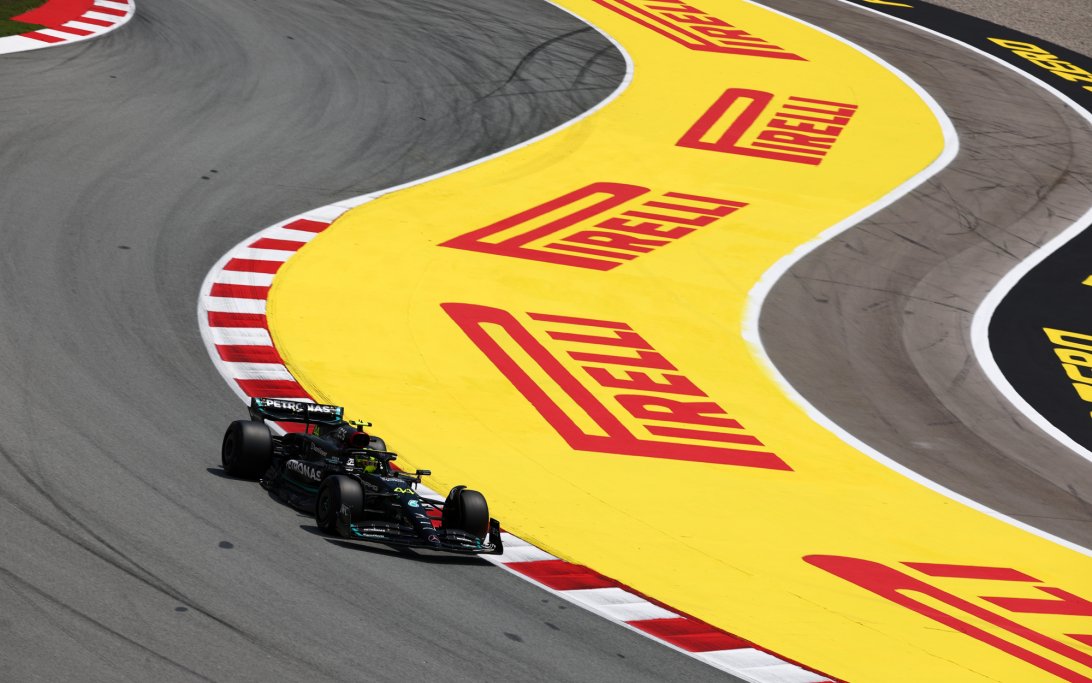
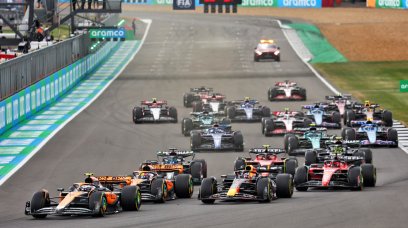
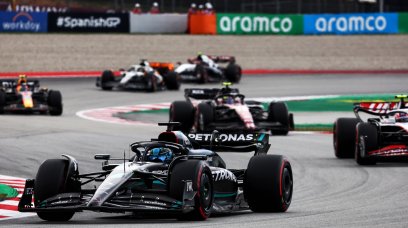

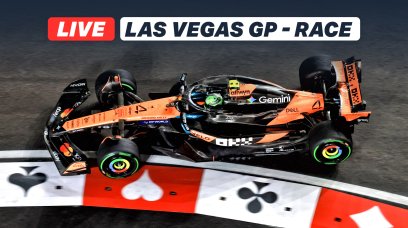
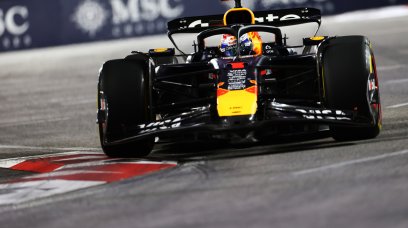





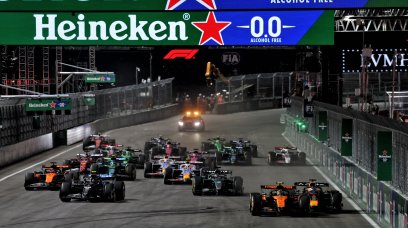













Join the conversation!